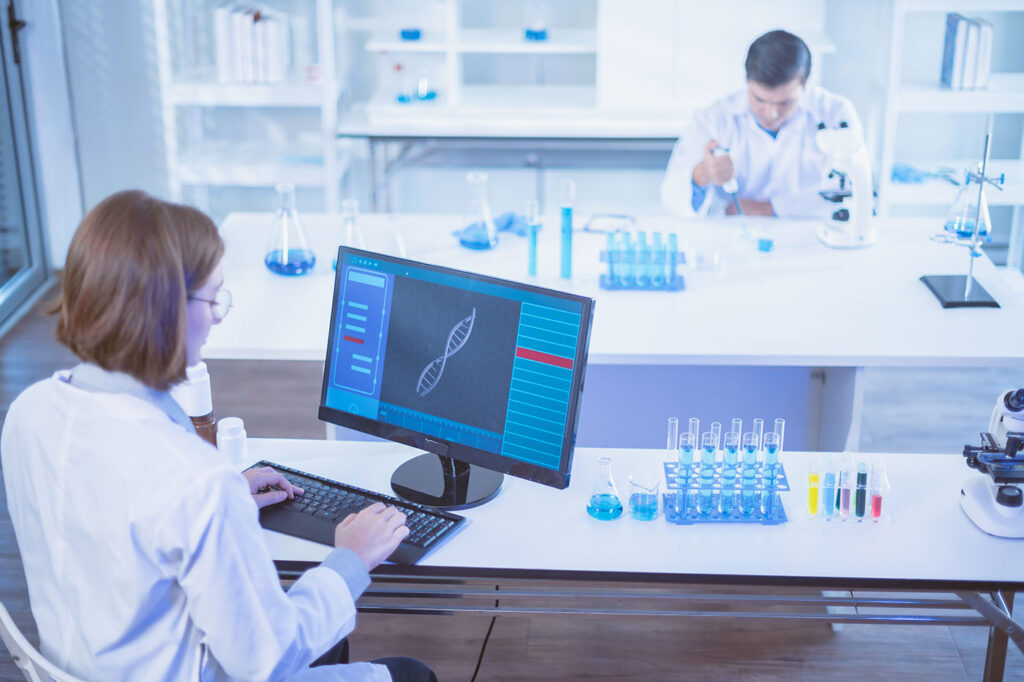Nanoparticle Drug Delivery System Enhances Drug Stability and Loading Efficiency

Nanoparticle Drug Delivery System Enhances Stability and Drug Loading Efficiency
Scientists from Xi’an Jiaotong-Liverpool University (XJTLU) and Nanjing University have developed a novel nanoparticle-based drug delivery system by combining a widely used medical polymer with a natural blood protein. According to the researchers, the new system allows for significantly higher drug loading and remains stable much longer than existing nanoparticle carriers.
The study was led by Dr. Zuan Ruan, Associate Professor at the XJTLU Academy of Pharmacy. The team conducted a series of in vitro and in vivo tests using the new system — Protein–Polymer Coassembly Supraparticles (PPCAS) loaded with the anticancer drug doxorubicin (DOX). Results showed that PPCAS-DOX reduces the side effects of doxorubicin compared to the conventional drug. The researchers also performed preliminary scale-up trials of the technology.
A Dual Solution: Protein + Polymer
Dr. Ruan explained:
“We solved two major challenges at once. These particles are formed by mixing PLGA — a medical-grade plastic — with albumin, a protein naturally used by the body for transporting substances and already present in some cancer drugs. When mixed in the lab, they self-assemble into stable, efficient nanoparticles — far more effective than either component alone.”
Publication and Scientific Context
The results were published in ACS Applied Materials & Interfaces in the article:
“Protein−Polymer Coassembly Supraparticles as a Polyester-Based Drug Delivery Carrier with Ultrahigh Colloidal Stability and Drug Loading.”
Researchers note that nanoparticles have already proven to be effective drug carriers, especially in oncology where targeted delivery and sustained action are critical. However, most current systems suffer from aggregation and limited drug capacity, reducing therapeutic efficiency and increasing side effect risks.
Although alternative biocompatible polymers exist, many are not FDA-approved and face regulatory hurdles. In contrast, PLGA has a long track record of safe clinical use.
How PPCAS Particles Are Created
The technology relies on self-assembly of two components:
- Albumin (a natural blood protein)
- PLGA (a hydrophobic polymer)
Researchers tested two loading strategies:
- During assembly – adding the drug while forming the particles
- Post-assembly – allowing the drug to diffuse in due to a concentration gradient
Combining both methods yielded the best results — achieving up to 40% drug loading by particle mass, compared to ~11% in commercial formulations like Doxil.
“This may help reduce side effects by minimizing the amount of carrier needed and increasing the concentration of the active drug,” explained Dr. Jixin Xu, co-author and PhD candidate at XJTLU.
Advantages of PPCAS
- Flexible loading mechanisms allow compatibility with various drugs
- Colloidal stability for over 6 months, significantly longer than current systems
- Effective delivery of DOX with reduced damage to healthy tissue compared to standard doxorubicin
In mouse models of breast cancer:
- Mice treated with PPCAS-DOX maintained body weight
- Mice treated with regular DOX experienced weight loss and organ damage confirmed by histology
Scale-Up and Future Steps
Preliminary experiments suggest the technology is scalable without loss of quality.
“In the future, we plan to further expand PPCAS production,” said the researchers.
They also intend to explore the platform’s potential for delivering other types of drugs, aiming to establish a versatile solution for treating cancer and chronic diseases.

